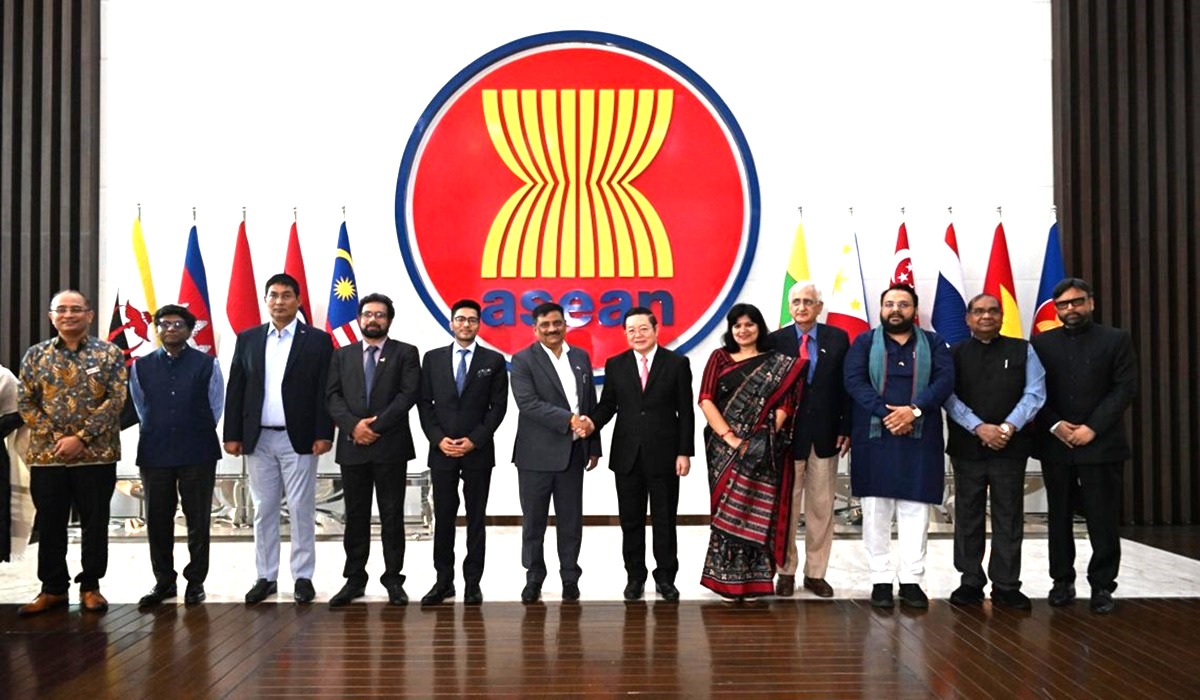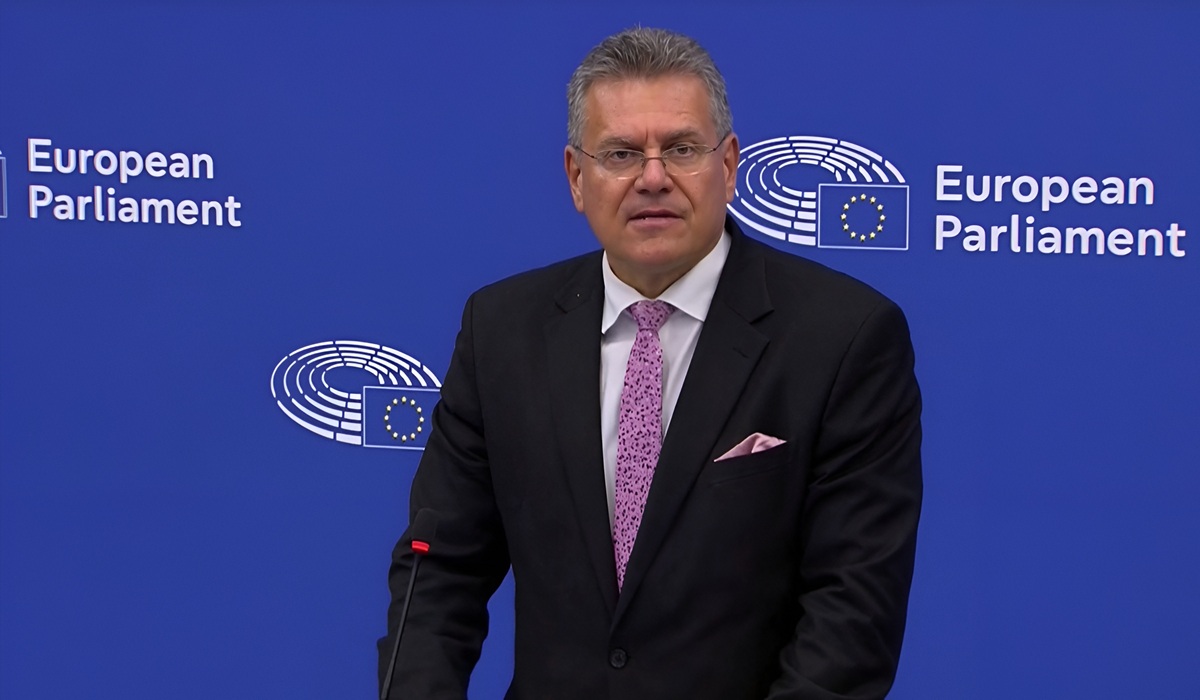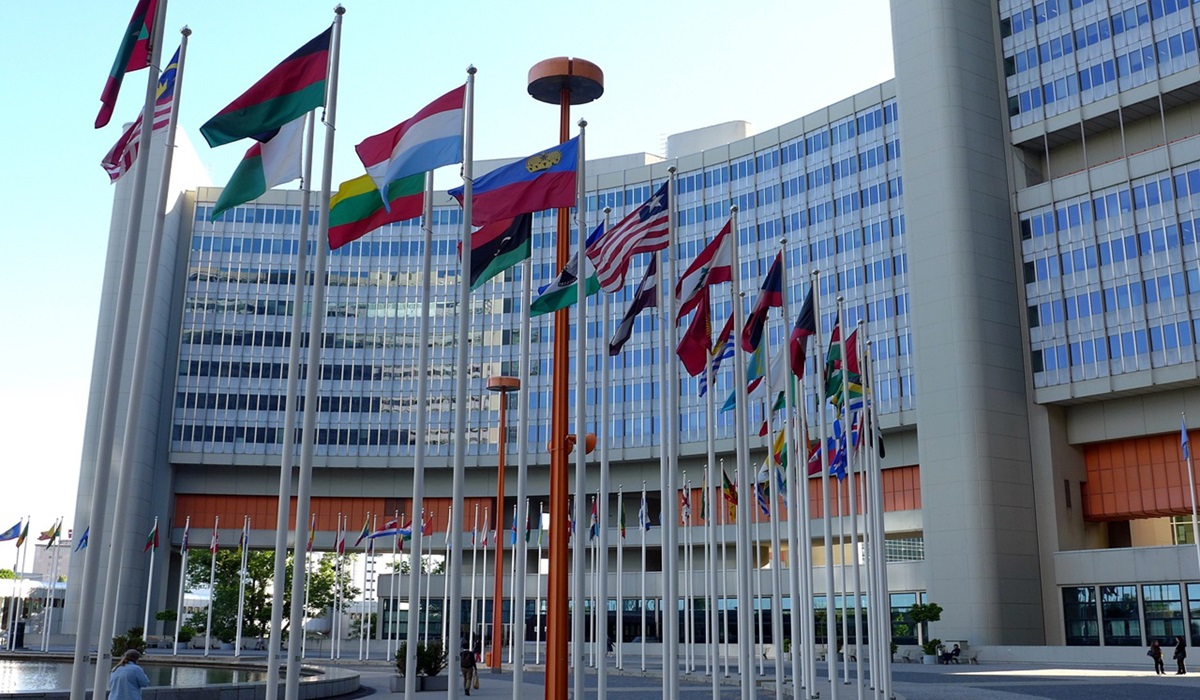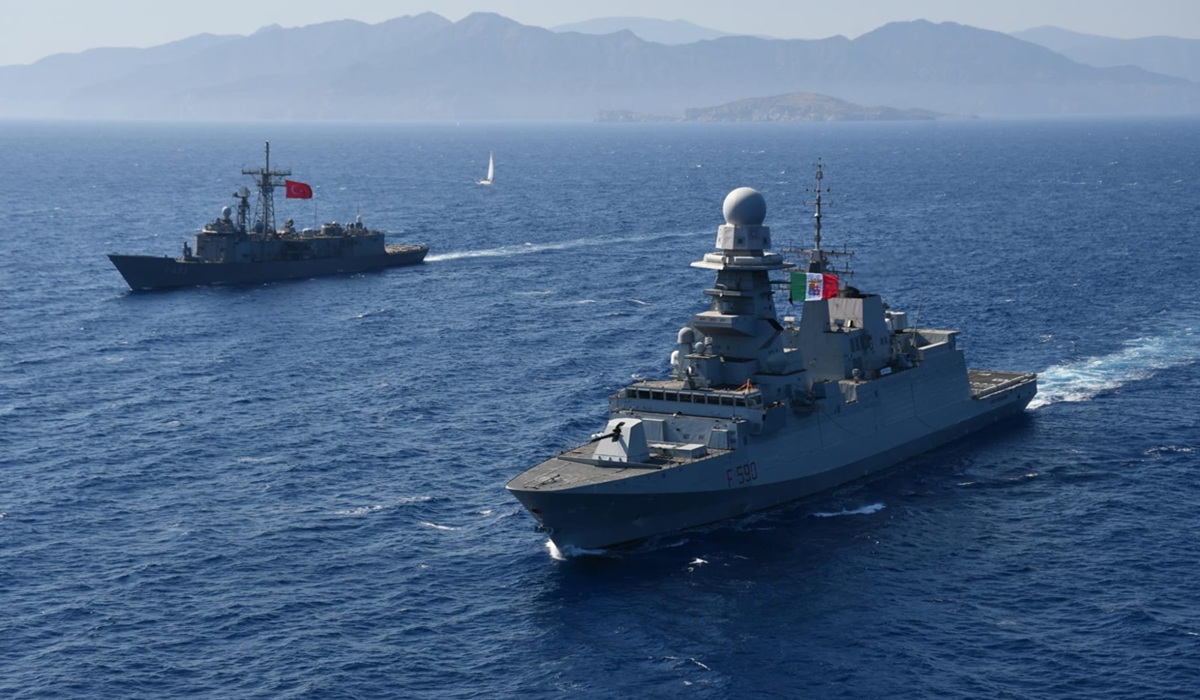The Rise of a New Global Power Bloc: China, ASEAN, and the Gulf States Unite to Reshape the World
- TDS News
- Asia
- Breaking News
- June 1, 2025

Image Credit, Asean
In a moment that may be remembered as the beginning of a new global order, China has officially joined forces with the Association of Southeast Asian Nations (ASEAN) and the Gulf Cooperation Council (GCC) to form a sweeping economic and geopolitical alliance. What began as loosely coordinated regional partnerships has now evolved into a unified strategic bloc, one that aims to reshape global trade, energy, finance, and diplomacy in ways that will challenge the dominance of the United States and the European Union. This isn’t a headline made for shock value—it’s the culmination of years of frustration with the current world system and the rise of an alternative vision that no longer centers Western powers.
The alliance includes some of the most powerful and fastest-growing economies in the world. China, with its status as the second-largest economy, brings to the table massive industrial capacity, financial infrastructure, and technological prowess. ASEAN nations, which include Indonesia, Vietnam, Malaysia, Thailand, and the Philippines among others, represent a dynamic region with a youthful population, rapid digitalization, and increasing economic clout. Meanwhile, the Gulf states—Saudi Arabia, the UAE, Qatar, Kuwait, Bahrain, and Oman—control a massive share of global energy reserves and sit atop sovereign wealth funds that collectively exceed $4 trillion.
Together, these players form a formidable force. They account for over 40 percent of the global population, a significant portion of the world’s trade flows, and a growing share of new infrastructure investment through China’s Belt and Road Initiative. Their cooperation is no longer ad hoc or limited to bilateral deals—it is now a strategic alignment with long-term institutional commitments, shared goals, and a readiness to act collectively on everything from trade policy to currency exchange and technological development.
This new bloc arrives at a time when the credibility of existing global institutions is waning. The G20 has often been paralyzed by internal divisions, with conflicting priorities among its members and an inability to respond decisively to major global crises. In contrast, the China-ASEAN-GCC partnership is more cohesive, more pragmatic, and more intent on building alternatives to Western-centric systems rather than begging for inclusion within them. It is this clarity of purpose that makes the alliance so powerful—and so threatening to the current order.
One of the most significant aspects of this alliance is its commitment to dedollarization. For decades, the U.S. dollar has been the undisputed king of global finance, underpinning trade in oil, international lending, and the reserves of central banks across the world. But that dominance has increasingly come under scrutiny, particularly as Washington has used the dollar and the U.S. financial system as tools of geopolitical leverage. Sanctions, trade restrictions, and financial blacklisting have turned the dollar from a neutral medium of exchange into a political weapon. And now, a critical mass of countries is pushing back.
The new alliance is already taking steps to conduct more of its trade in local currencies and, crucially, in the Chinese yuan. Oil contracts between Gulf states and China are increasingly being settled in yuan, and central banks in ASEAN have started to diversify away from the dollar. China’s Cross-Border Interbank Payment System (CIPS) is being promoted as an alternative to the U.S.-controlled SWIFT network, while central bank digital currency projects across these regions are being linked to facilitate frictionless cross-border payments outside of Western control. If these efforts succeed—and early indicators suggest they are gaining traction—it would mark a seismic shift in the global financial system.
Trade and infrastructure are also central pillars of this alliance. The Belt and Road Initiative, long criticized by the West as a debt trap, is being recast in this context as a platform for mutual development. The Gulf states are now not just recipients of Chinese infrastructure investment, but also active co-investors in new logistics hubs, renewable energy projects, and smart city initiatives across Southeast Asia. ASEAN ports, railways, and industrial parks are being integrated into the BRI network, creating seamless supply chains that connect Chinese factories, Gulf capital, and Southeast Asian labor and markets.
This trilateral alliance also promises to transform the global energy landscape. With China’s massive demand for oil and gas, and the Gulf’s supply dominance, this partnership effectively sidesteps Western intermediaries. More importantly, it enables long-term energy security agreements based on mutual benefit rather than Western-led pricing mechanisms. It also allows the Gulf to diversify away from reliance on Western buyers, something Saudi Arabia and the UAE have been actively pursuing. Beyond fossil fuels, joint ventures in hydrogen energy, solar farms, and green infrastructure are already underway, linking China’s manufacturing edge with Gulf financing and ASEAN’s implementation capacity.
The political implications of this alliance are equally profound. For years, the United States and Europe have relied on their military, economic, and soft power to maintain influence over these regions. But that influence is waning. Washington’s pivot to Asia, aggressive sanction policies, and increasingly erratic foreign policy under both Republican and Democratic administrations have alienated many would-be allies. Trump’s tariffs on China, and by extension several ASEAN economies, disrupted supply chains and caused widespread economic damage. The Biden administration’s continuation of hardline tactics against Beijing, combined with rising anti-China rhetoric, pushed these nations further toward one another.
In the Gulf, the memory of Western military interventions and political manipulation is still fresh. The failed war in Iraq, the destabilization of Libya, and continued tensions in Iran have led many regional leaders to seek new partners who respect their sovereignty and don’t bring ideological baggage to the table. China, with its non-interference policy and business-first approach, is an attractive alternative. As for ASEAN, the constant tug-of-war between aligning with Washington or Beijing has grown tiresome. This new alliance allows them to step out of that binary and pursue development on their own terms.
What makes this bloc so potent is its shared ethos. These are not democracies in the Western sense, and they are not trying to be. They value state-led development, long-term planning, and economic sovereignty. They don’t care for lectures on human rights from former colonial powers, and they are more interested in results than rhetoric. That alignment of values creates the kind of cohesion that the G20, for all its wealth and prestige, simply cannot muster.
The implications for the West are staggering. As this alliance gains strength, it threatens to erode Western influence in key domains—financial markets, trade flows, technological innovation, and even cultural soft power. American and European companies may find themselves increasingly excluded from critical infrastructure projects. Western banks may lose their dominance in global clearing systems. The dollar may no longer be the automatic currency of choice for energy and commodities. And U.S. and EU foreign policy may be sidelined in favor of more neutral, development-focused frameworks that bypass the old guard entirely.
This isn’t a speculative future—it’s already happening. China’s trade with ASEAN and the GCC now surpasses its trade with the EU. Investment flows are shifting. Infrastructure is being built. Strategic dialogues are being institutionalized. The new world is not waiting for permission from the old one to begin.
If the United States and Europe continue to respond with arrogance, protectionism, and isolationist policies, they risk being left behind. If they fail to offer a credible alternative to this new model—one that respects sovereignty, delivers on development, and doesn’t weaponize financial systems—they will lose not just influence, but relevance. Because the rest of the world is no longer asking to be included in Western-led institutions. They are building their own—and the foundation just got a lot stronger.
The China-ASEAN-GCC super alliance is not just a realignment of global alliances—it is a statement of intent. A declaration that the era of Western hegemony is over, and a new multipolar world is already here. The sooner the West accepts that, the better chance it has of adapting to a future it no longer controls.








